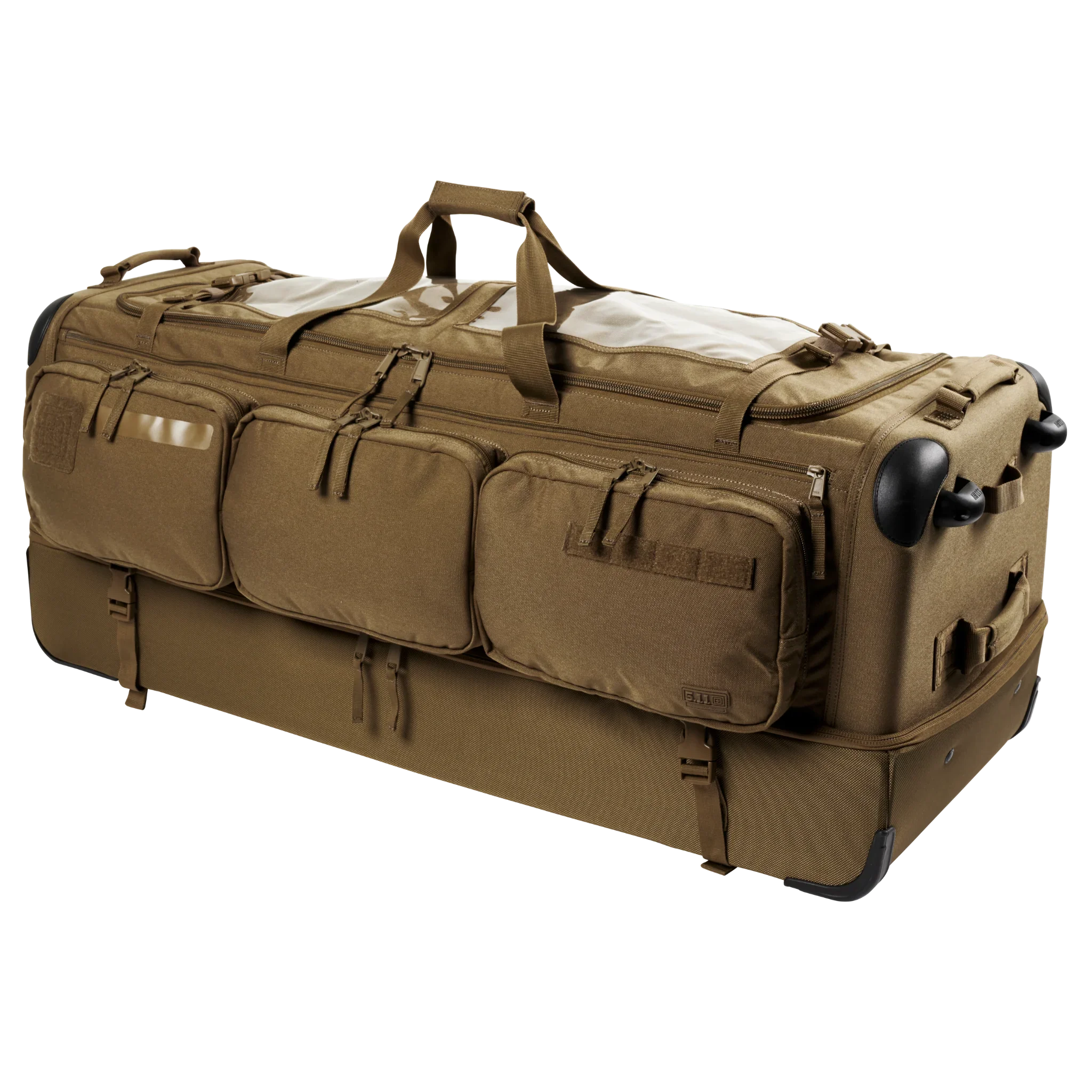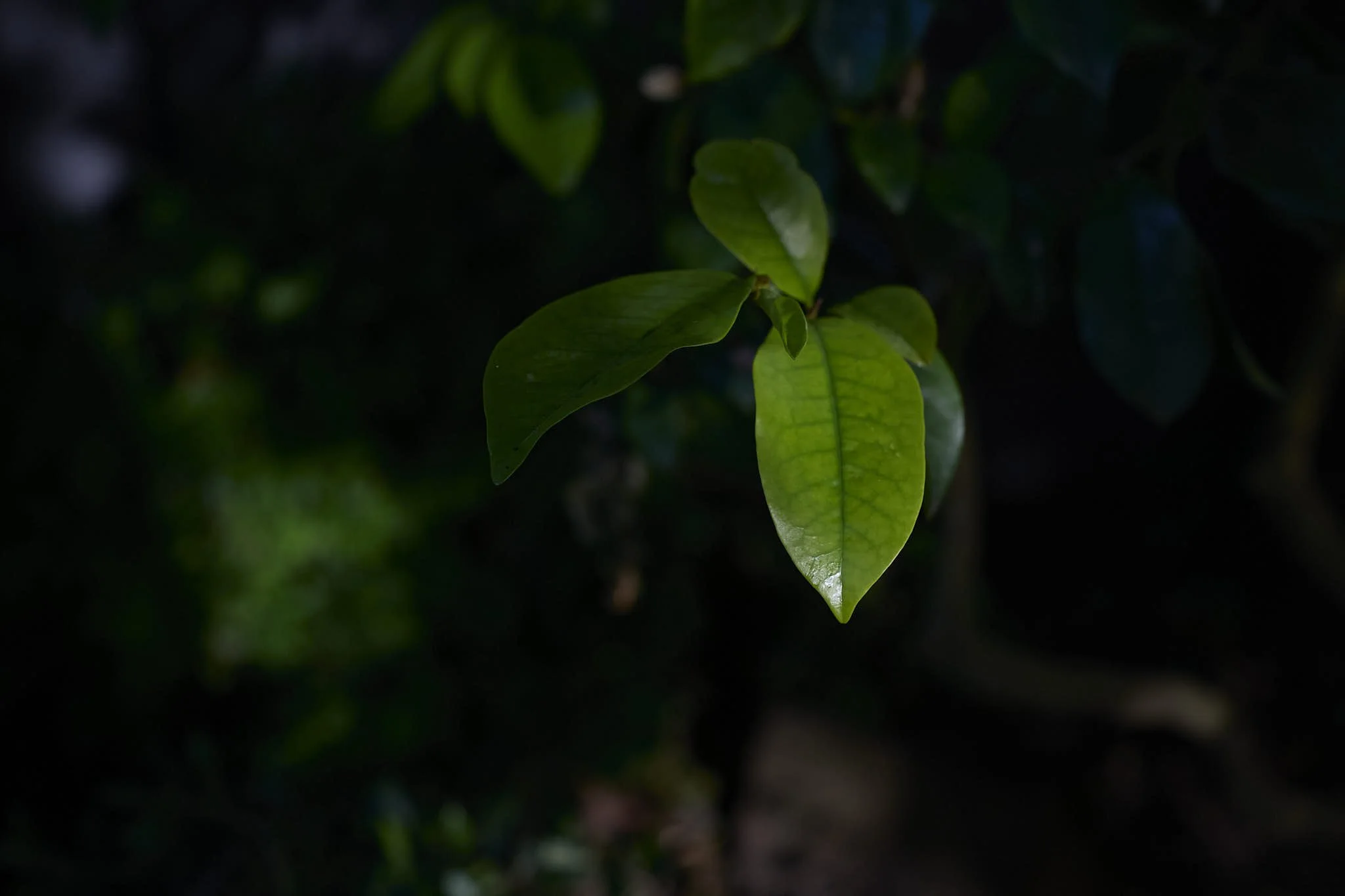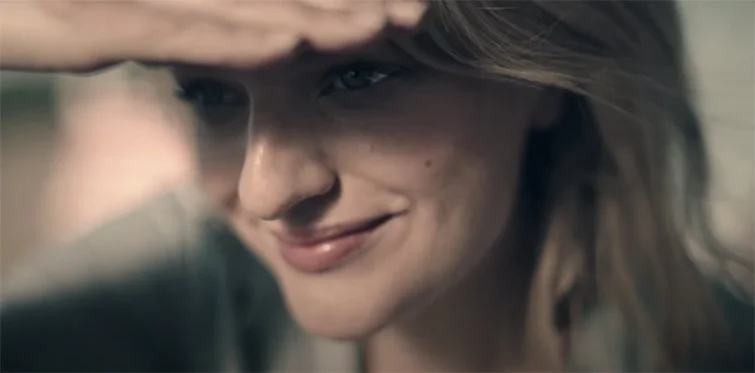Something like a G9II or S5II with cage and handle, a standard zoom, something fast (all leftovers from my stills kit really), a decent shotgun mic (MKE-400), a wireless Lav mic kit (M1 or M2 Larks) and a 60w portable light (Smallrig 60B) with soft box on a small stand.
Well I have all that, multiple times as it goes, so how do I explain the following;
Multiple cameras capable of B-Raw, or ProRes HQ with extended endurance.
No less than four sets of cinema or cinema hybrid lenses over two formats and dozens of stills options including some legacy glass and anamorphic.
7 COB lights of varying power and energy sources, multiple LED panels, modifiers, stands, backdrops, etc.
Over a dozen mics, hundreds of feet of cable running to a variety of interface and recording units, more stands, more bits.
Bags, cases, a trolley, a dedicated computer with panels and controls.
5TB of storage in a variety of forms.
Finally, a hunger for more, things like the Vespid 40mm or Sirui anamorphic 50mm a Black Magic camera.
Obviously I have a passion driven hobby as well as a job, but sometimes I get the two confused.
Why do we buy anything?
We need it or we want it, both valid to a point, but if you justify one thing with the other, you may buy too much, the wrong thing, not enough, inefficiently and never quite getting where you want to be.
I have always preached “if you know where you want to get, go there in a straight line, don’t get distracted by compromise steps that waste time and money”. Wish I did that more often, but it does not take in to account that slow burn of an interest turning into a hobby then a job.
Ok, sermon over.
The Vespid 40mm cannot be justified by need. I have a ton of gear to get my basic video requirements sorted and some of it even nullifies any argument I can put forward for “creative benefits” or even “something seriously cool looking”.
My order of video quality priorities is;
Codec choice. The choice of codec is important, but it only needs to be balanced with the needs of the job. Some of my favourite footage was taken in Standard mode on a G9 mk1, but B-Raw has been a revelation.
Process and processing. The unbroken link of good processes from tripod use and stabilising, focus, lighting, exposure, sound, all through to supporting processing and grading.
Gear quality. This is last because if you get all the above right, the gear matters less and less. iPhones are being used to make movies, but it is not as simple as committing to a lesser form of camera, it needs the user to prove their mettle, to apply their skills in all other areas of film making and accept compromise.
The Pyxis 6k was in the frame as was the BMPCC4k, but balance was threatened.
I have codecs covered, process and processing are both ongoing, as they should be (this year has been a massive upturn for video processes), gear is sorted in a variety of ways, but there is still a want. An unjustifiable, personal want.
The Vespid 40mm.
It has some benefits, like a mount that can be used with basically any camera I may ever use, the perfect two focal lengths for me (40 and 60) on a full frame and also useful MFT lengths (70-80), a look that is seriously pro level, impressive presence, even some legend.
The down sides are cost ($1300au, which is not too bad), the need for adapters which are at a minimum $100au for a dumb EF mount, or as high as the value of the lens for a better PL. This brings up the ugly reality that I would be getting a pair of PL adapters for a single lens, which knowing me would end up being another lens to justify the process.
It is also heavy and large, but that is part of it and the old version of a lens yet unmade, the Mk2.
The camera would be the S5 most likely, which is not fully rigged. The reality is, I have a pair of 35mm lenses that, with a little stabilising added are 40mm lenses.
The money would not get me much else I may actually need*, the Sirui 50mm anamorphic is less than half the price, it is better justified, but also less desired.
The 50mm Sirui anamorphic is a different beast. The pair I have only fitting MFT and they are the same (deliberately), but a full frame camera used with a faster, slightly longer lens does make sense for the whole kit.
I have liked the look of the two I have, but have felt a little constrained.
*BMPCC4k, BMVA 12g 5”, 24 S-Prime, part of the 24-70 Leica or 24-60 2.8, 100-500 Lumix etc.
































































